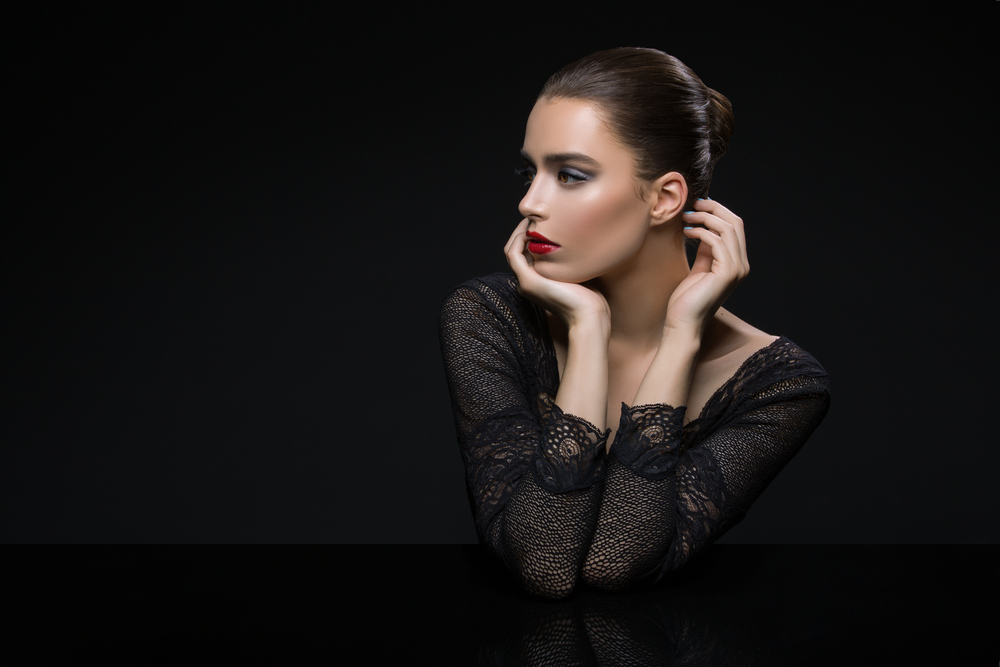
The Art of Modeling: From Runway to Lifestyle, the Demystification of the Glamorous Industry in Photoshoots

When we think of modelling , images of stunning individuals strutting down the runway or gracing the glossy pages of magazines may come to mind. The world of modeling often seems like a distant and glamorous dream, but behind the scenes, it requires hard work, dedication, and a deep understanding of the artistry involved. In this article, we will demystify the modeling industry, particularly in the context of photoshoots, shedding light on the process, challenges, and the beauty that lies beneath the surface.
What is Modeling?
At its core, modeling is the act of showcasing fashion, beauty, or other visual products through the use of a human form. It involves a symbiotic relationship between models, photographers, stylists, and designers, coming together to create captivating visual narratives. Modeling encompasses a wide range of categories, including runway, high fashion, commercial, editorial, and lifestyle, each with its unique set of requirements and aesthetics.
The Evolution of Modeling
Modeling as an art form has a long history, dating back to ancient civilizations where statues and paintings depicted human beauty. Over time, fashion evolved, and the concept of fashion shows emerged in the late 19th century. Models took to the runway, displaying elaborate designs and captivating audiences worldwide. Today, with the advent of social media and internet culture, the modeling industry has extended beyond traditional platforms, allowing a wider range of models to share their talent and creativity.
The Photoshoot Process
Photoshoots are an integral part of modeling, enabling models to showcase their versatility and photographers to capture their beauty through the lens. The process typically begins with the collaborative effort of the model, photographer, and a team of professionals, including stylists, makeup artists, and hairstylists. Each member brings their expertise to the table, ensuring that every aspect of the photoshoot is meticulously planned and executed.
During the shoot, the model must embody the vision set by the creative team. They must convey emotions, follow directions, and adapt to different styles and aesthetics. The photographer's role is to capture the essence of the model through expert composition, lighting, and angles. Together, they create a collection of visually stunning images, evoking a desired response from the audience.
The Challenges of Modeling
While the world of modeling may appear glamorous from the outside, it is not without its challenges. Models often face intense competition, rejection, and pressure to maintain certain body standards. They must constantly adapt to different environments, work long hours, and maintain high levels of professionalism. The art of modeling requires resilience, perseverance, and the ability to learn and grow from every experience.
The Impact of Modeling
It is undeniable that modeling has a profound impact on society. Models have the power to shape fashion trends, redefine beauty standards, and challenge societal norms. In recent years, the industry has witnessed a growing emphasis on inclusivity, with models embracing diversity in terms of age, size, race, and gender. This shift has allowed individuals from all walks of life to see themselves represented in the realm of fashion, empowering them with a sense of self-acceptance and confidence.
The Demystification of the Glamorous Industry
One common misconception surrounding the modeling industry is that it is only accessible to a select few with ideal proportions and striking looks. However, the reality is far more diverse and inclusive. The art of modeling extends beyond physical attributes to encompass personality, uniqueness, and versatility. An increasing number of modeling agencies and photographers are actively seeking individuals who break traditional stereotypes, encouraging aspiring models to embrace their individuality and stand out from the crowd.
Frequently Asked Questions
1. How can I become a model?
Becoming a model requires a combination of determination, hard work, and perseverance. Begin by researching reputable modeling agencies and submitting your portfolio or attending open casting calls. Building a strong portfolio and network within the industry is crucial. It is also important to take care of your health, both physically and mentally.
2. Do I need professional training to become a model?
While professional training can be beneficial, it is not always a requirement. Many successful models have honed their skills through experience and self-learning. However, attending modeling classes or workshops can provide you with valuable insights, techniques, and guidance to enhance your abilities.
3. What are the different types of modeling?
There are various types of modeling, including runway, high fashion, commercial, editorial, and lifestyle. Each category has its distinct requirements and aesthetics. Research and exploration will help you identify the type of modeling that best aligns with your interests and strengths.
4. How do I handle rejection in the modeling industry?
Rejection is a part of the modeling industry, and it is essential to develop resilience and a positive mindset. Remember that the industry's standards are subjective, and what may not work for one opportunity could be perfect for another. Reflect on constructive feedback, learn from each experience, and keep striving towards your goals.
5. How has the modeling industry evolved with social media?
Social media platforms have transformed the modeling industry, providing a platform for aspiring models to showcase their talent and gain exposure. The accessibility and reach of social media have allowed new faces to be discovered, and collaborations between brands and models have become more prevalent. However, it has also intensified competition, as aspiring models must create a strong online presence to stand out from the crowd.
In conclusion, modeling is an art form that goes beyond the surface glamour. Photoshoots play a crucial role in capturing the essence and beauty of the models, with a collaborative effort from a talented team. The industry is evolving, embracing diversity and challenging traditional norms. By understanding the nuances and demystifying the glamorous industry, aspiring models can strive towards success, armed with knowledge, skill, and passion.
Other useful resources
- https://en.wikipedia.org/wiki/Modeling_agency
- https://www.planetmodelphoto.com